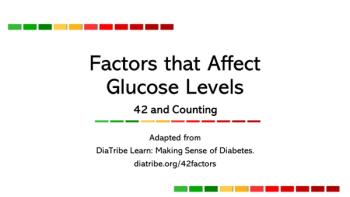
Passive Smoke Exposure in Childhood May Cause Subclinical LV Dysfunction in Adults
AHA 2020 Virtual Scientific Sessions: Cumulative exposure, exposure intensity, and number of household smokers in childhood all impact adult heart function, study authors found.
Passive exposure to smoke during childhood is associated with a reduction in global longitudinal strain--a measure of subclinical left ventricular dysfunction--according to preliminary research to be presented at the virtual American Heart Association (AHA) Scientific Sessions 2020, November 13 -17, 2020.
Writing in the study abstract, authors cite existing research that shows each 1% decrease in GLS has been associated with 12% higher risk of cardiovascular morbidity and mortality in a low-risk general population.
“We already know from previous studies that children exposed to secondhand smoke are more likely to have structural differences in their vascular systems as adults, such as thicker blood vessel walls and a higher risk of plaque buildup in the arteries,” said Chigoze Ezegbe, MBBS, MPH, lead author of the study and a PhD candidate at the Menzies Institute for Medical Research at the University of Tasmania in Hobart, Australia in an
The goal in the current study was to understand specifically the impact on adult cardiac function of prolonged exposure to secondhand smoke during childhood.
The Study
Investigators examined health record data of more than 1100 adult participants in the Childhood Determinants of Adult Health (CDAH) study at the 34-year follow-up (2014-2019). Average age was 45 years, 52% were women, and approximately half (54%) were exposed to secondhand smoking in the home as children.
Three measures were used to calculate severity of passive smoking exposure:
- Total number of household smokers (THS)
- Cumulative years of exposure (CYE)
- Severity of exposure index (SEI; exposure = never, sometimes, always)
In the adult evaluation, ultrasound imaging was used to measure GLS.
Linear regression was used to examine the association between childhood passive smoke exposure and GLS in adulthood, after adjusting for confounding variables ie, age, gender, childhood socioeconomic position, childhood smoking, adult smoking status, parental education level.
Results
Adult GLS declined significantly with:
- Each additional household member who smoked (range, 0-5 smokers)
- More cumulative years of exposure
- Higher severity of exposure scores
"These findings extend our previous work on the structure of the vascular system to suggest that how the heart functions is also affected when exposed to passive smoke,” said Seana Gall, PhD, senior author of the study and associate professor of cardiovascular and respiratory health and disease at the Menzies Institute for Medical Research at the University of Tasmania, in the AHA press release.
The authors point to a number of study limitations including lack of access to participants’ prenatal exposure to smoking or on the number of cigarettes smoked around them which would have been useful to determine if there was any dose-response effect to secondhand smoke.
Source: P1917 -
Newsletter
Enhance your clinical practice with the Patient Care newsletter, offering the latest evidence-based guidelines, diagnostic insights, and treatment strategies for primary care physicians.

































































































































































































































































































